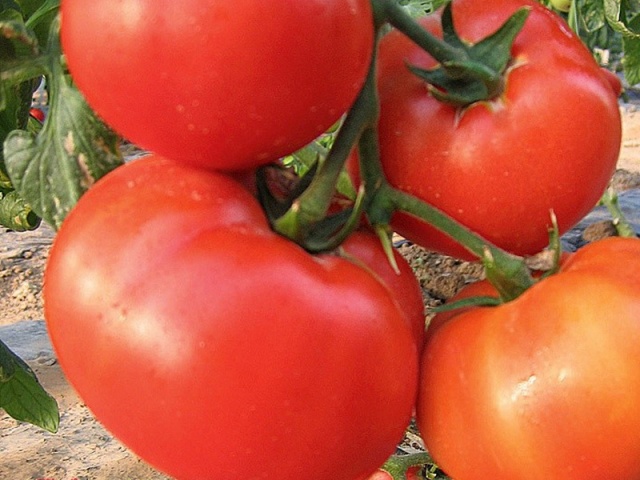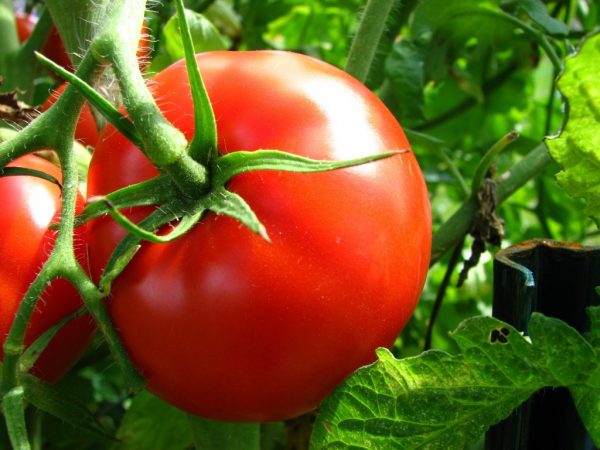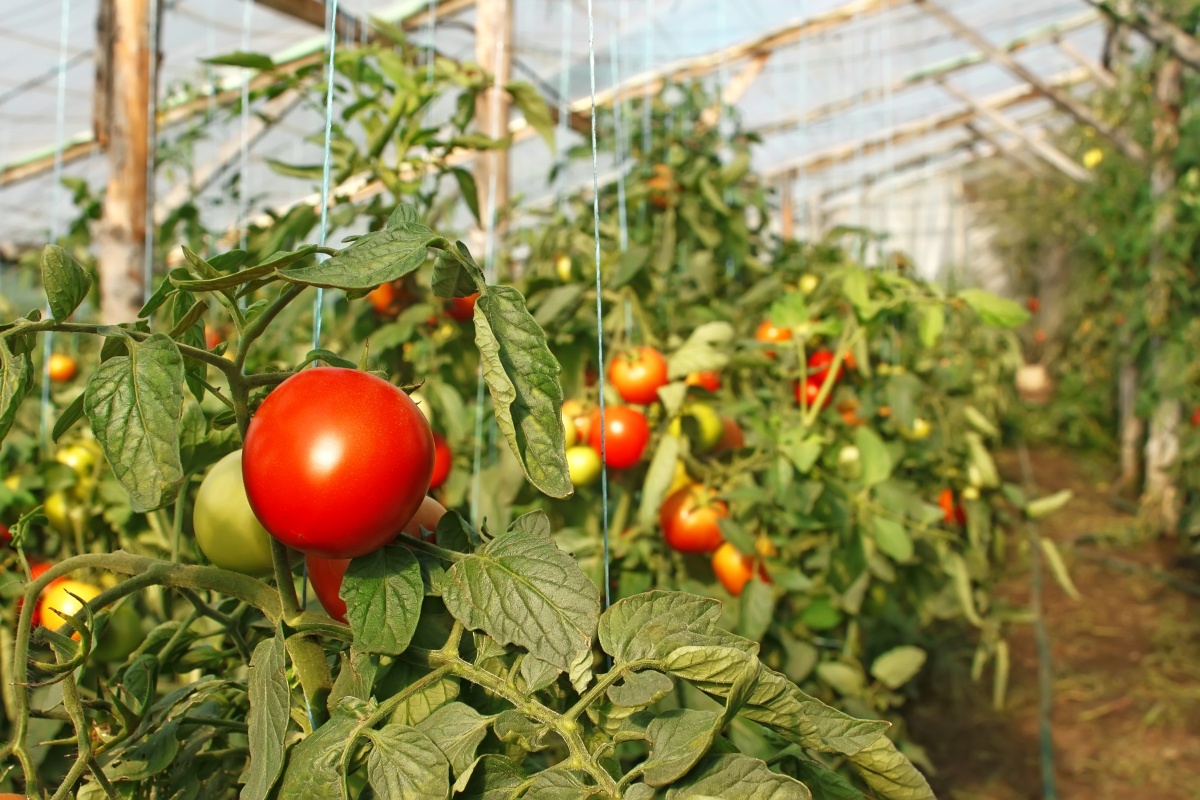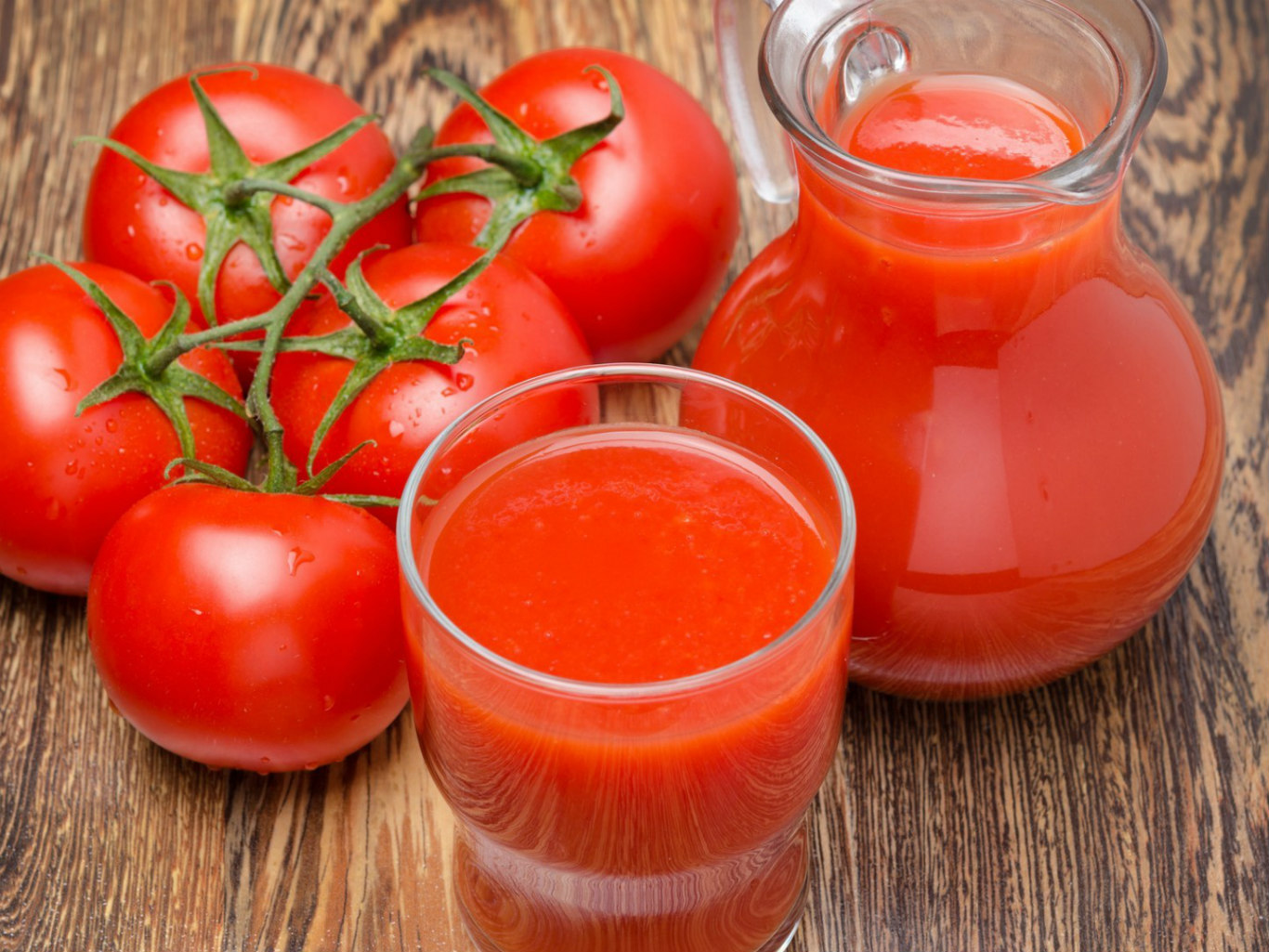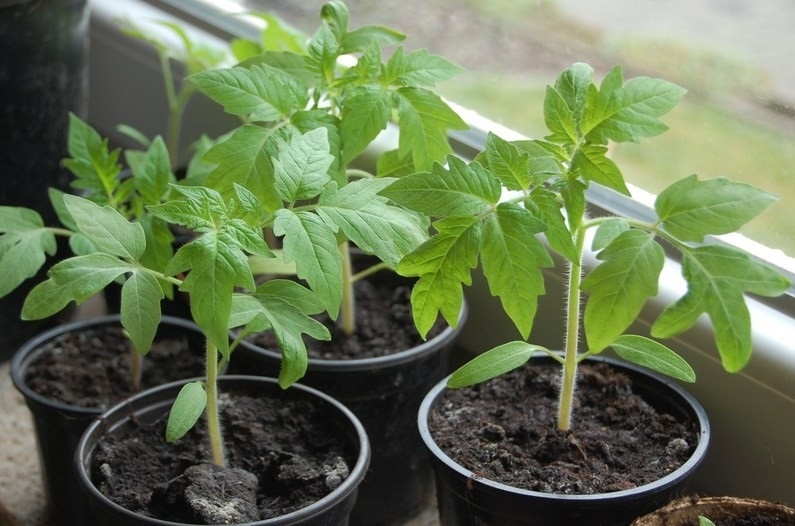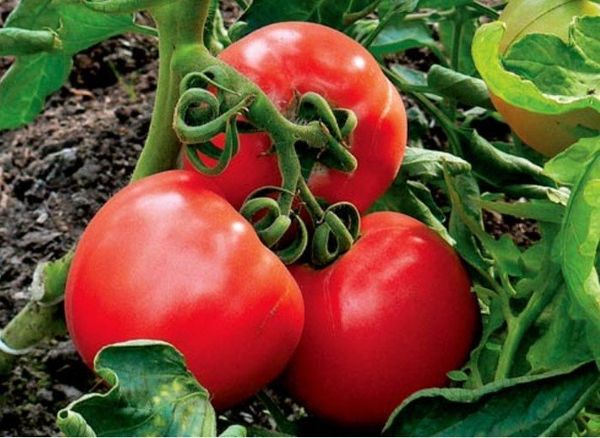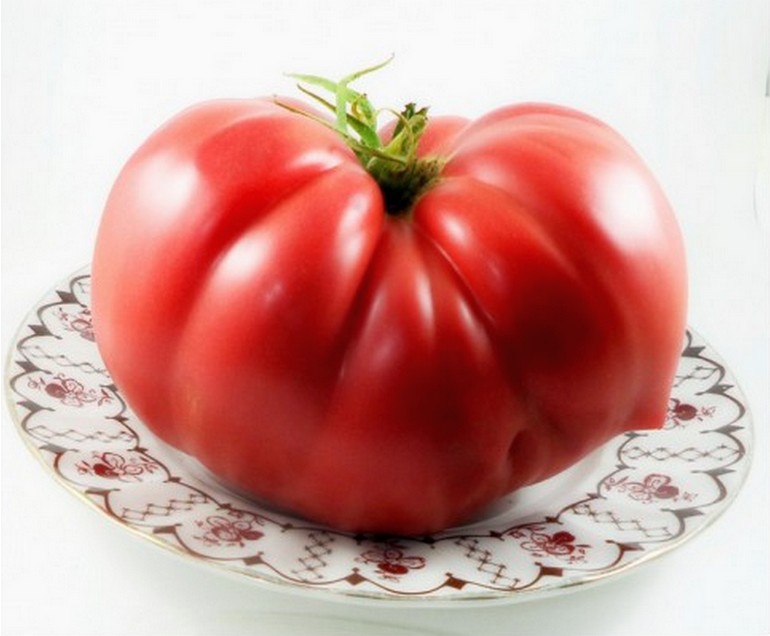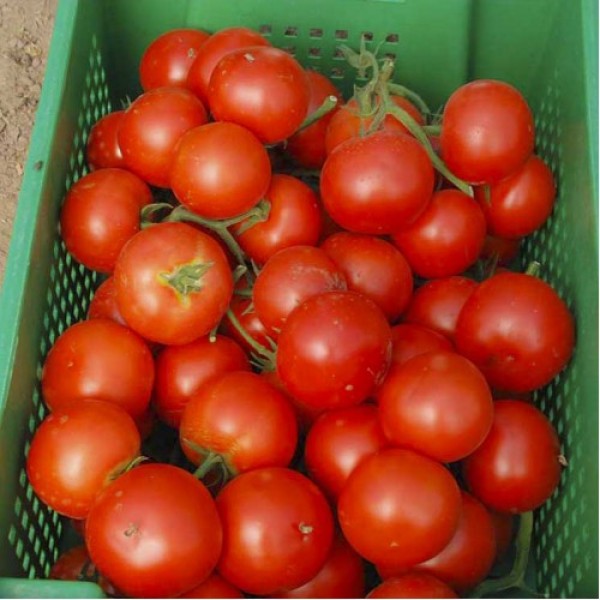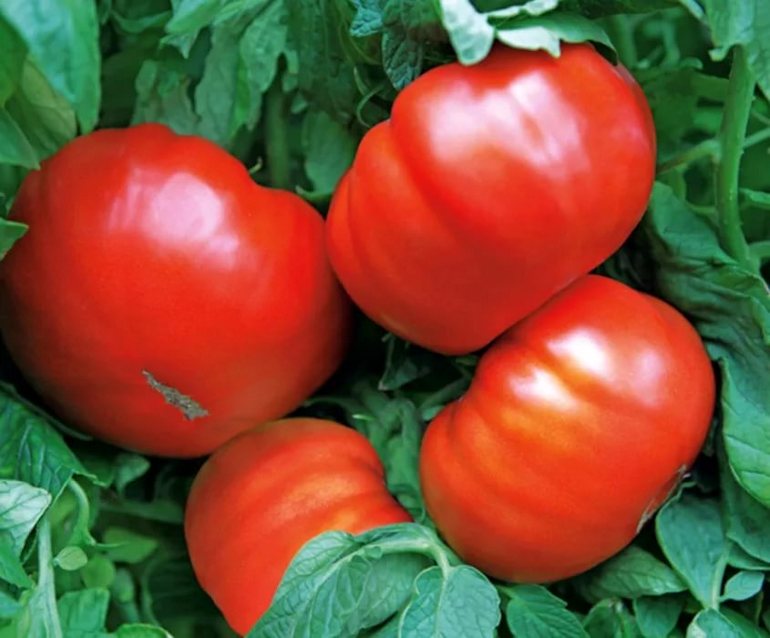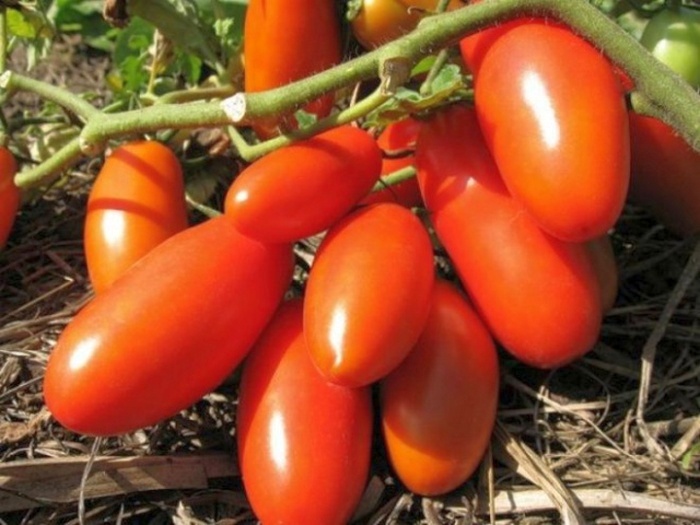Content:
Specialists in garden crops prefer in their practice to use hybrid varieties of tomatoes, such as the King of the Market tomato, which are characterized by high climate resistance and good characteristics. But ordinary amateur gardeners also expect to get a return on the funds invested in this tomato variety and try to make the most of its opportunities.
Knowing the main characteristics and properties of each of the subspecies of this common tomato variety will help gardeners to competently dispose of the purchased seedlings and, despite some of their shortcomings, get a fairly good harvest.
Hybrids
The first type of tomato of this variety (number 1) appeared at the beginning of the XXI century and immediately attracted the attention of not only professional farmers, but also ordinary summer residents and owners of country gardens. Due to the excitement that arose, manufacturers immediately launched a whole series of tomato hybrids bearing the same name (currently about thirteen species of the "King of the Market" are known).
The fruits of this hybrid variety fully justified their royal name, since from the very first moment they appeared on the market they excelled in almost all respects. Their productivity, as well as their resistance to various diseases and climatic factors, beat all possible records. In addition, crops in this class were far ahead of their competitors in terms of storage time and transport capabilities.
Almost simultaneously with them, hybrid No. 2 appeared on the market, belonging to the same series, but more suitable for such a common procedure as canning. This was explained by the fact that its fruits had a special elongated shape and were distinguished by a relatively low specific gravity. Both varieties were usually used for processing and production of semi-finished products, but they were also suitable for preparing salad.
Starting with the fourth issue, tomato hybrids are intended only for salads, since they have acquired improved taste qualities (breeders did a good job on them in their time).
With the exception of the fifth grade, the weight of the fruit of which is no more than 200 grams, the rest of the members of this family are larger in size. However, this does not prevent them from retaining all those unique characteristics that, starting from No. 1, are inherent in most species of the group.
Later, it was recommended for seedling and cultivation in the North Caucasus. Another (last in a row) novelty, which appeared in 2017, was the so-called "Orange King".
Typical characteristics
The characteristic features of cultivated plants of this class include:
- Resistant to a range of known diseases such as verticillium, tobacco mosaic virus and gray spot;
- Quite low probability of being hit by insects and parasites;
- Tomatoes of this variety can be stored for a long time (up to 30 days or more);
- Moreover, they are well preserved both on the bushes and after harvesting (in storage conditions);
- Tomato fruits are distinguished by a high density of pulp and have a strong and durable skin, which allows them to be used during harvesting work;
- They have an almost perfect shape and are practically free from ribbing;
- The indicator of the yield of marketable fruits per bush in these hybrids reaches 92%.
In addition, they are resistant to any climatic variation, including temperature fluctuations and wet (rainy) weather.
The listed advantages of this type of tomato crops make it possible to use them not only for personal purposes, but also to send part of the crop for sale. This is facilitated by a stable in terms of volume of market output, the value of which depends little on the region of cultivation and the state of the soil.
Advantages and disadvantages
Despite certain differences in tomatoes in this series, each variety has its own peculiarity, which applies to all other types of this class of tomatoes.
The specified specificity is manifested in the following characteristics of individual varieties of cultivated plants:
- According to its intended purpose, the crop under the general name "King of the Market" was developed specifically for mass cultivation in open ground;
- As a result, most of the initial varieties of tomatoes are usually referred to as determinant crops with limited growth (their height does not exceed 0.7-0.8 meters);
- However, starting with hybrids numbered 8, 9, 11 and 12 (honey variety), they are classified as indeterminate plants that can be grown both in the open field and in garden greenhouses.
Starting from No. 7, the hybrids presented by him are already classified as mid-season plant samples, while the last of the varieties - "Orange King" under the designation No. 13, is considered a mid-late tomato.
The fruits of the last of the names presented in this series, as a rule, ripen about 4 months after the appearance of the first shoots (shoots). This explains the peculiarity according to which in most Russian regions it is advisable to grow it only in greenhouses (in extreme cases, under transparent film shelters).
Among the advantages of the “King of the Market” variety is the fact that it is very tasty fresh. In addition, due to the well-balanced content of various microelements in the fruits, delicious tomato juice is obtained from it.
It is customary to attribute a number of restrictions to the relative disadvantages of this culture, according to which this variety is mainly suitable for planting and growing in warm (southern) regions of the country.
Growing and care
Seedling preparation
The main way of growing this variety of tomatoes is using seedlings. When it is implemented, the seeds of the future tomato are sown in loose soil to a depth of about 2-3 cm. For temporary placement of seed material, special containers or containers (peat pots) are used, the use of which greatly facilitates the subsequent planting of the raised seedlings in well-prepared soil.
Thanks to the use of this method, when removing fresh sprouts, not only their stem part, but also the root system itself, is not damaged.
To start planting the seeds of this culture with the aim of the subsequent "raising" of seedlings should be either at the end of March, or at the beginning of the month following it. After two weeks, the first feeding of the sown seeds is organized, in which classical mineral fertilizers are applied.During the entire growing season, the soil is fed about 3 times (no more).
At regular intervals, the soil is loosened, after which it is poured abundantly with water. If all of the above requirements are fulfilled, a strong seedling will grow from the seeds, ensuring a rich harvest.
Landing in the soil
Tomatoes of this class (their other name is the Queen of the Bazaar tomato) are usually planted in the ground not earlier than the last decade of May, that is, at the end of the period of night frosts. For their cultivation, it is best to choose areas that are open and not occupied by other plants, since this culture does not grow well surrounded by trees. When planting individual seedling bushes, there should be gaps of about 40x70 cm between them.
Caring for the growing seedlings is reduced to their periodic watering, regular weeding, as well as feeding and loosening the earth. It is allowed to prune them at the stage of formation of the so-called "flowering brush", which allows you to turn the plant into two separate bushes.
In conclusion of the review of this variety of tomatoes, we note that tomatoes under the name "King of the Market" or "King" are distinguished by a large variety of species on the market.
Their popularity among gardeners and gardeners practically does not decrease over time. Anyone, even the most demanding owner of a suburban land plot, will always find a suitable variety of this hybrid culture for himself.
